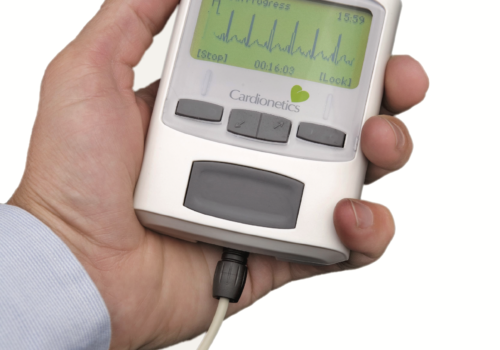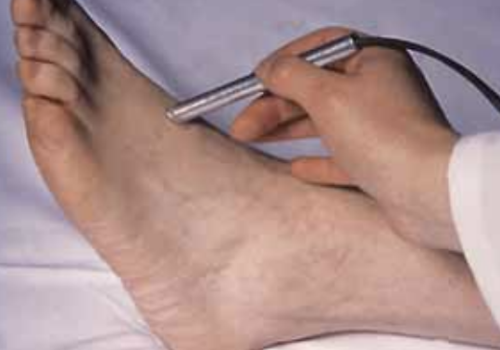Cardiac arrhythmia affects more than 700,000 people in England and is consistently in the top ten reasons for hospital admission, consuming significant accident and emergency time and bed days.1 In the general population, arrhythmias are normally quite minor, silent, and typically benign. Symptoms may affect the patient enough to be both disruptive and distressful. In […]
Reducing the impact of vascular disease: the proposed Vascular Risk Programme for risk assessment and management
Measurement of baseline total cholesterol: new data from The Health Improvement Network (THIN) database
Ambulatory ECG monitoring in primary care
The HYVET study: answering the question of whether or not to treat hypertension in the very elderly
Statin therapy for secondary prevention of coronary heart disease: an update (part 2)
Lipid lowering as part of secondary prevention of CVD: doing it the nice way
All patients with cardiovascular disease (CVD) should be offered drug treatment to reduce their cholesterol levels without waiting for the management of modifiable risk factors, recommends the latest guidance on lipid modification from the National Institute for Health and Clinical Excellence (NICE). The much-anticipated guideline finally puts to bed the ‘5 and 3’ or ‘4 and 2’ debate over cholesterol levels for primary and secondary prevention. In this article, we review what the guidance says about lipid lowering in secondary prevention.
Making sense of type 1 diabetes in primary care
Primary care has traditionally managed people with type 2 diabetes, and people with type 1 diabetes have largely been the responsibility of secondary care. However, as blood glucose targets have become tighter and growing numbers of people with type 2 diabetes have started to require insulin, many in primary care have gradually taken on insulin management. As primary care professionals become more confident in the management of patients on insulin, many practices will be keen to take on the challenge of type 1 patients. This article looks at how type 1 differs from type 2 diabetes, which type 1 patients might be managed appropriately in primary care, and recaps on insulin regimens and dose adjustment.
Looking after women with diabetes during pregnancy
The care of pre-existing diabetes during pregnancy is complex and the remit of secondary care, but much can be done by primary care staff to ensure that pregnant women and their babies are safely on the right track by the time pregnancy is confirmed. In this article, we explore how to provide women with pre-existing diabetes with detailed and accurate preconceptual advice. Work needs to begin before contraception is discontinued to significantly reduce the risks for both mother and baby. In women with gestational diabetes, practice nurses can also be proactive postnatally, preventing progression to type 2 diabetes.
Starting on a sulphonylurea
Wholegrains: sorting out the wheat from the chaff
The seeds of cultivated cereal crops, or grains as they are also known, have been used as a staple of man’s diet for thousands of years. Indeed the cultivation of rye, the first cereal crop from around 10,000 BC, is credited with enabling our hunter-gatherer ancestors to form more settled, complex civilisations. Throughout most of our history we’ve eaten these grains “whole” in the form of unpolished rice or wholewheat flour, for example. It’s only in last 120 years or so that more refined milling techniques have enabled the white or refined forms of these cereal crops to become the preferred choice in much of western society. What impact does this change have for our health?
Hands on peripheral arterial disease
Peripheral arterial disease (PAD), also known as peripheral vascular disease (PVD), is a vascular condition which affects the legs. It is caused by atherosclerosis – narrowing and hardening of the arteries – and has previously been described as being similar to angina in the legs. Sufferers get cramping pains in their legs when they walk, which is relieved by rest. This is similar to the chest pain that occurs in people with coronary heart disease (CHD). The similarities between CHD and PAD do not end there: the causes and treatments also overlap. In this article, we explore how two patients presented with symptoms suggestive of PAD and how they were treated.























